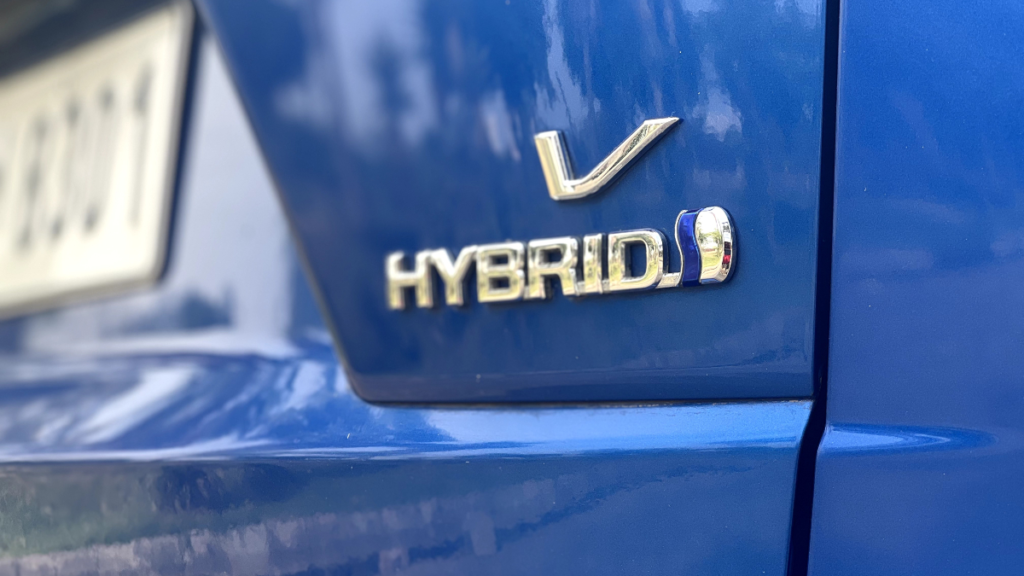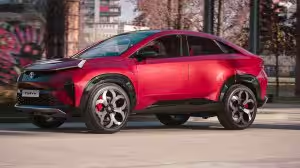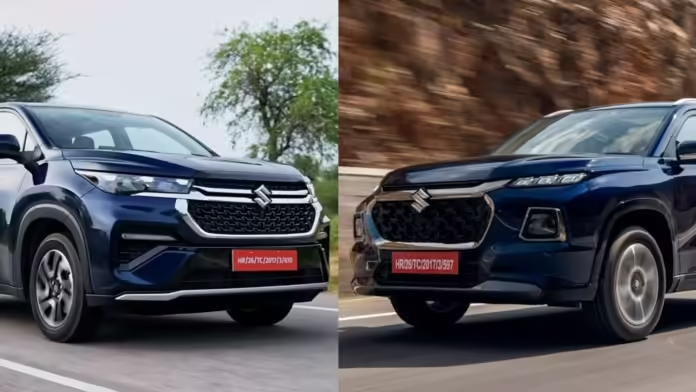Awaiting prospective regulatory changes that might influence the future of hybrid and electric cars (EVs) is a huge source of expectation for stakeholders in India’s automotive sector ahead of Budget 2024–25. The field of sustainable transportation is about to see major changes as a result of recent talks that have brought attention to important issues.

Present Environment according to Budget 2024
The automobile sector is at a critical turning point as India transitions to a more environmentally friendly future. The government is committed to lowering carbon emissions and encouraging environmentally friendly transportation options, as seen by its focus on programmes like the Faster Adoption and Manufacturing of (Hybrid &) Electric Vehicles (Fame). Stakeholders, however, are keen to know what the future holds once Fame II expires in March 2024.
Anticipations for the 2024 Budget
In Budget 2024, the projected Fame III programme is anticipated to take centre stage. This legislation might reinstate financial incentives for manufacturers and customers alike, with the goal of expediting the adoption and manufacturing of electric vehicles. Incentives like these are essential for boosting customer trust and affordability in the EV industry.
Also Read :- Global Release of the Audi A5: Set to replace Old Audi A4
Investing in Infrastructure: Creating the Conditions for Green Mobility
Infrastructure development is a key element of the government’s green transportation policy. To reduce range anxiety among EV users and promote wider adoption, ongoing investments in charging stations and associated infrastructure are crucial. Industry executives emphasise how crucial it is that the government continue to support this initiative in order to build a strong ecosystem for electric vehicles.
Incentives for Vehicle Scrappage: Encouraging Sustainability
A growing number of stakeholders have expressed strong support for improved car scrappage incentives, in keeping with the worldwide trend towards sustainability. The government may lower emissions and increase demand for newer, more fuel-efficient models—such as hybrids and electric vehicles—by retiring older, polluting cars.
GST Reform: An Innovative Idea
The addition of petrol and diesel to the GST system is one of the most anticipated developments. Proponents contend that by lowering taxes on these fuels, the measure may increase use and lessen the financial strain on consumers. Although the GST Council normally has the last say on matters pertaining to GST, indications from Budget 2024 may pave the way for further talks.
Hybrid Car Incentives: Balancing Techniques
Additionally contending for attention in Budget 2024 are hybrid cars, which combine electric propulsion with conventional internal combustion engines. Leaders in the industry support further incentives to increase hybrids’ competitiveness in the market. In order to encourage their use as a transitional technology, this might involve possible GST rate reductions and other financial incentives.
Harmonised Goods and Services Tax on Automobile Parts
One enduring demand amidst calls for change is a standard 18% GST rate on all vehicle components. A similar action would streamline industry-wide tax systems, lessen operational challenges for producers, and perhaps cut production costs. Customers may benefit from increased affordability and more competitive pricing across the board for automobiles as a result.
Path Ahead: Difficulties and Possibilities
The automobile industry is looking forward to Budget 2024, but there are obstacles to overcome. These include filling up infrastructural shortages, successfully managing stakeholder expectations, and coordinating policy objectives with industrial capabilities. Furthermore, a comprehensive strategy that strikes a balance between environmental objectives and financial realities is needed to make the shift to sustainable transportation.

Conclusion
The car industry in India is at a turning point as Budget 2024–25 draws near. A budget that not only stimulates growth but also speeds up the implementation of green technology is anticipated by stakeholders, who have high expectations for policy clarity and supportive measures. Positive transformation in the hybrid and electric car market is clearly possible, even though there are still uncertainties.
Disclaimer: The information provided in this article is based on publicly available sources and may not be 100% accurate.

